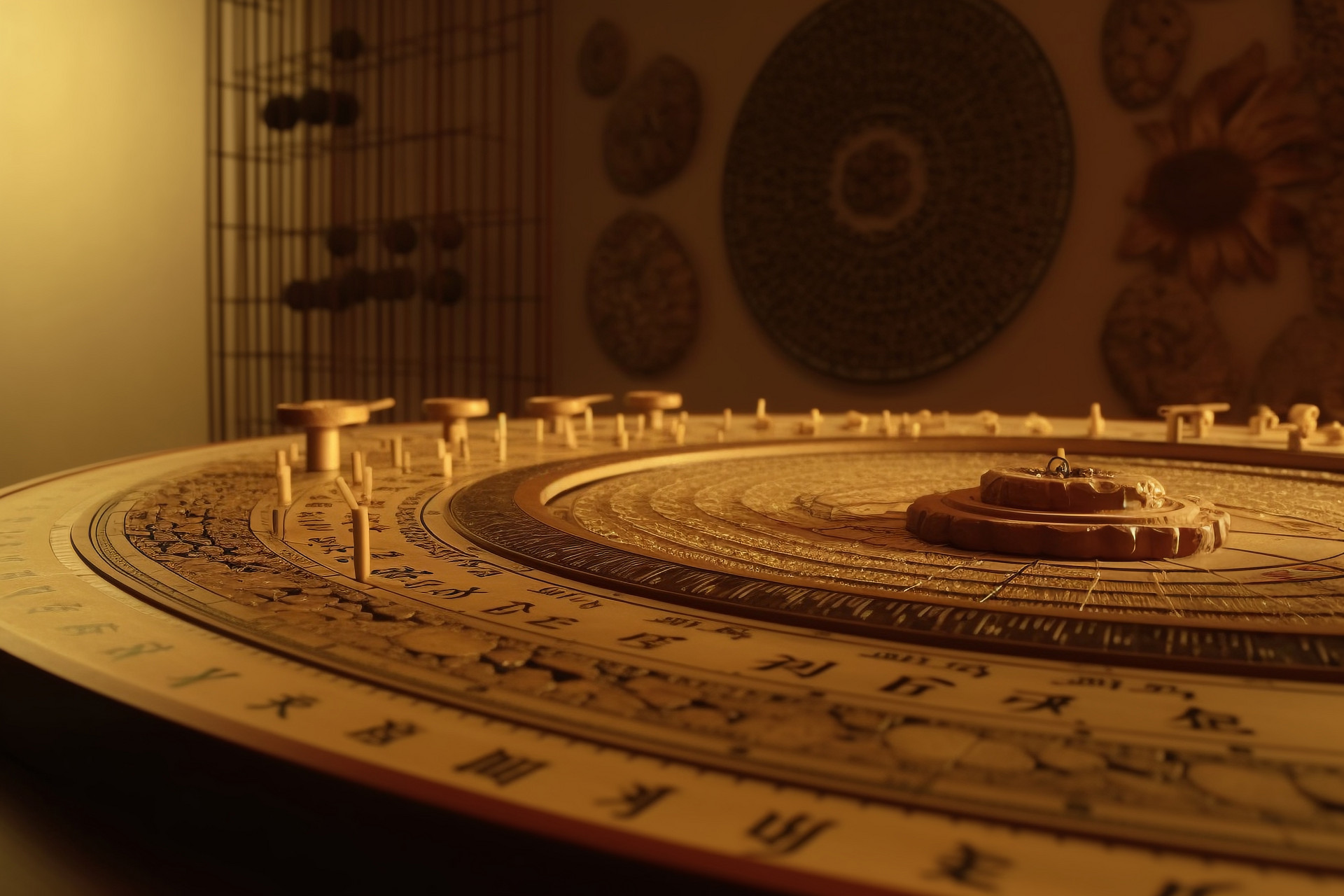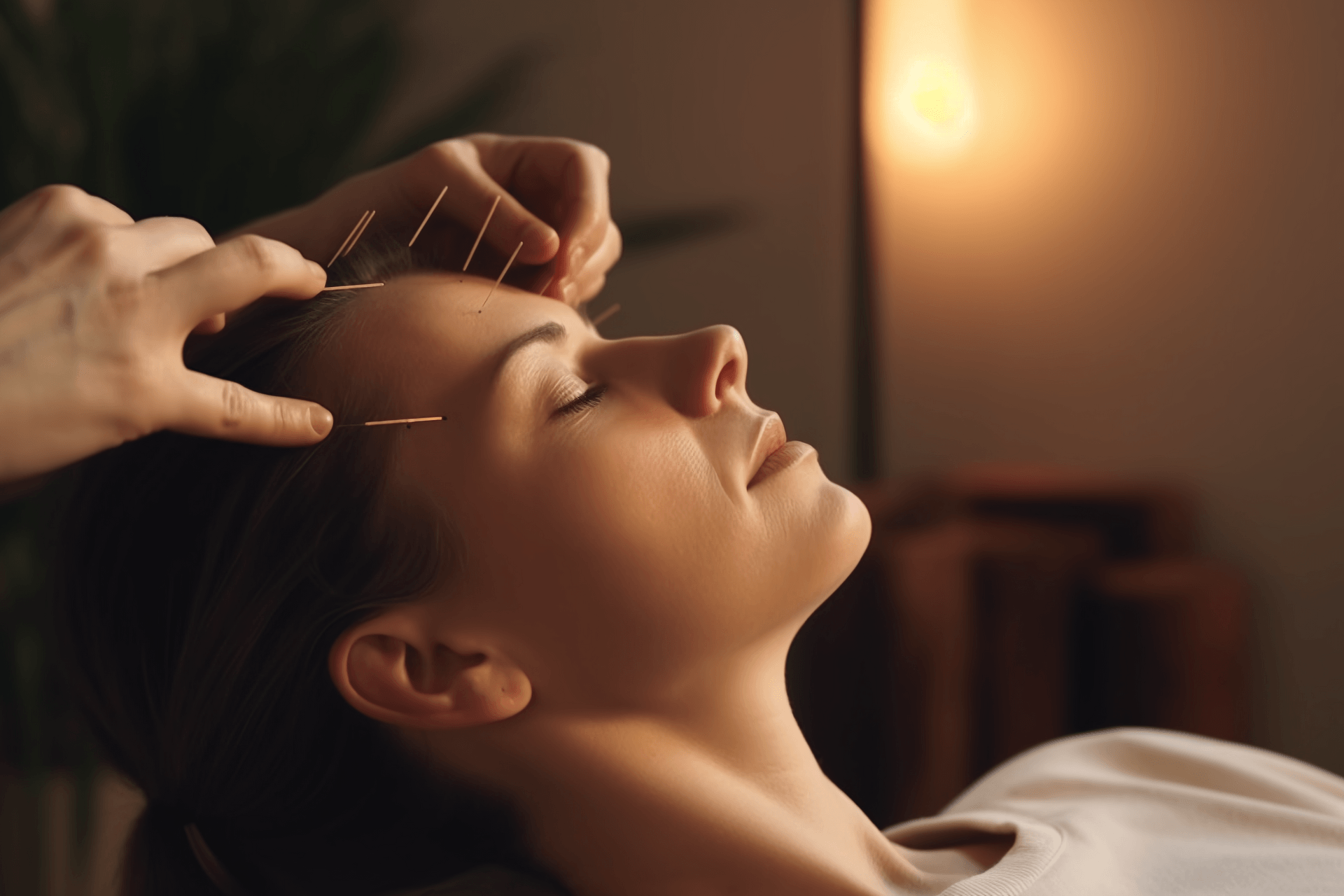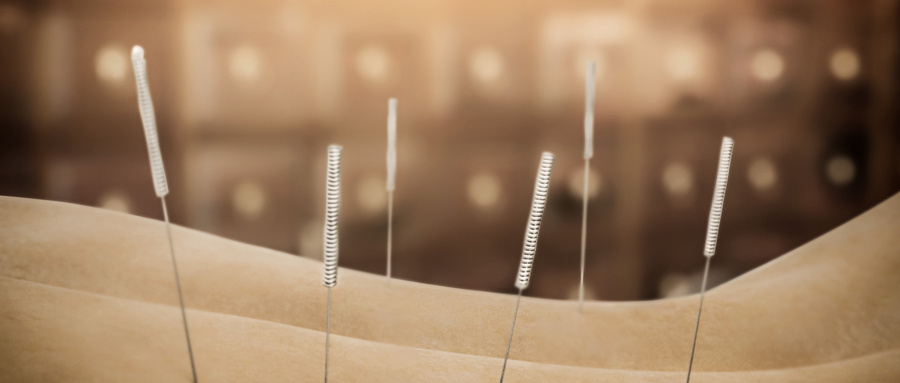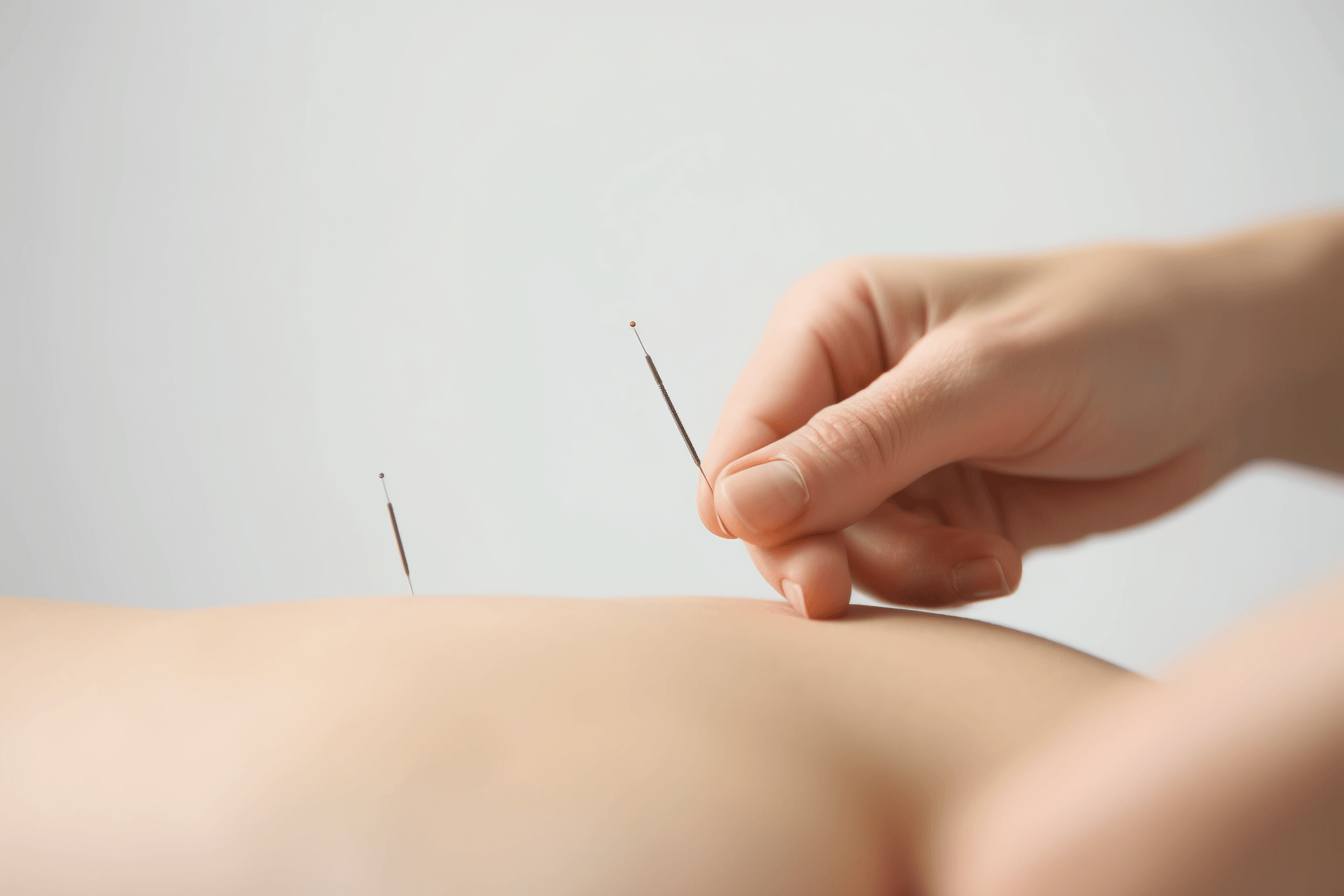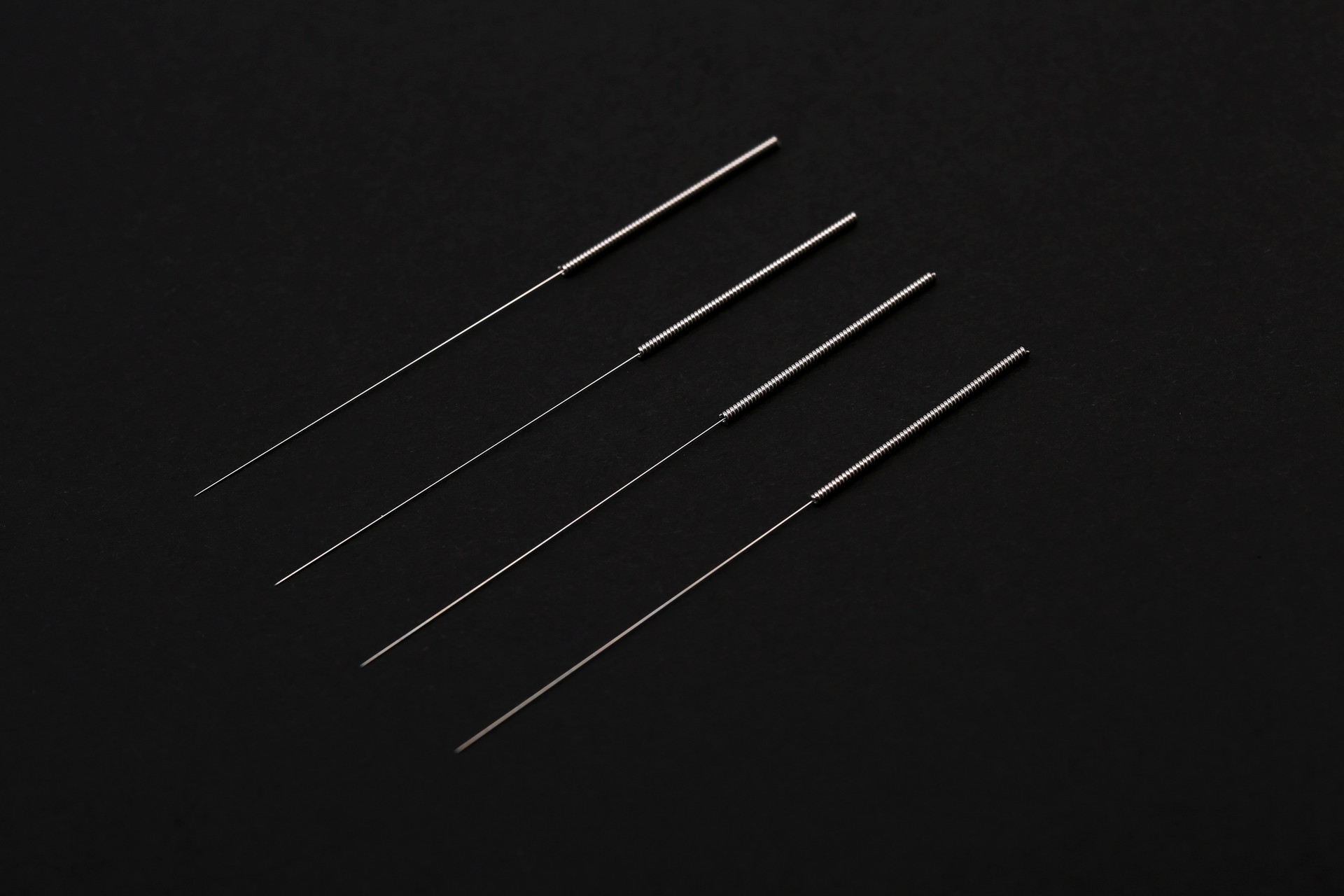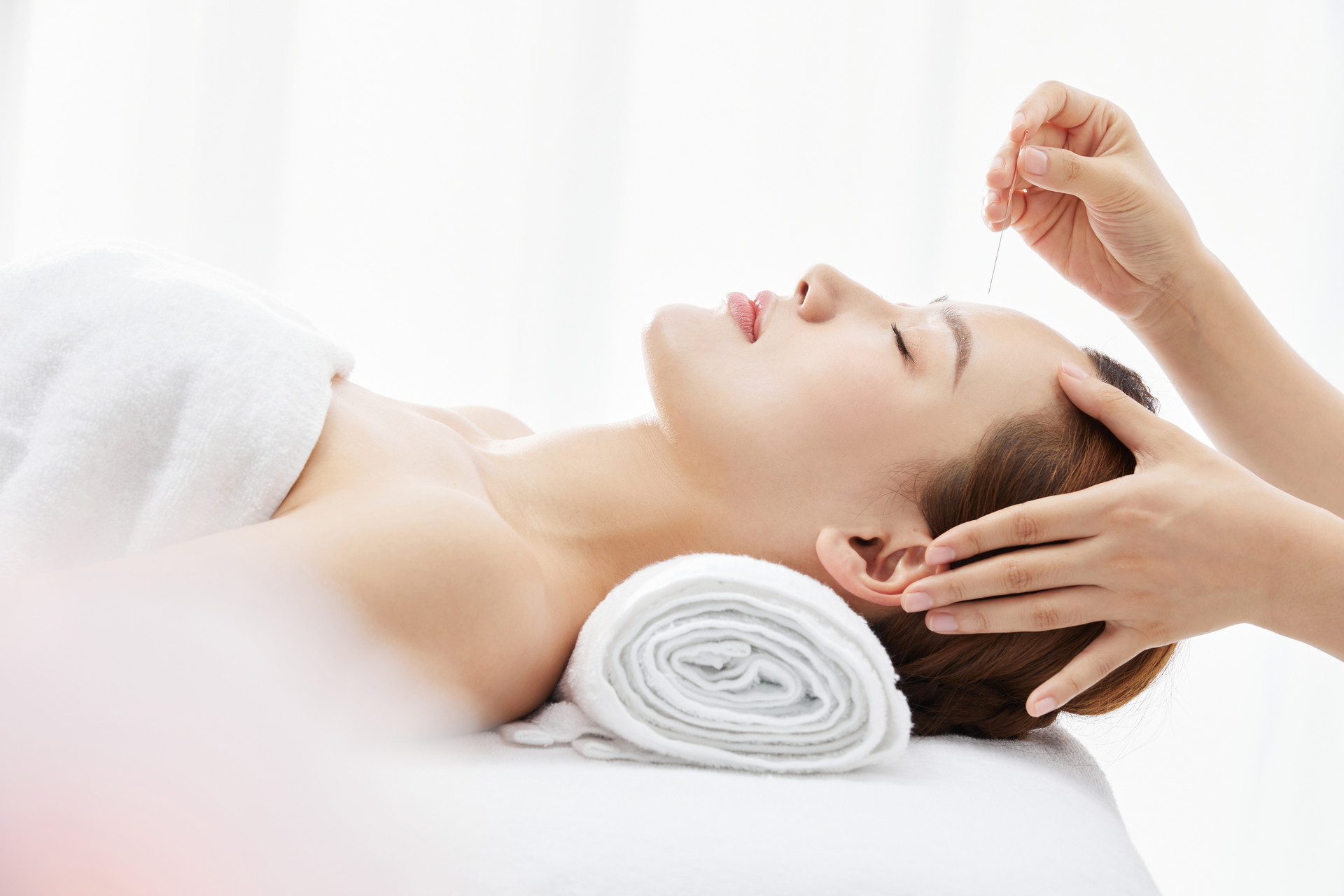There are many methods for treating facial paralysis, and among them, acupuncture in traditional Chinese medicine has shown outstanding results. This method primarily uses acupuncture, supplemented by medication. The following will introduce the principles, prescriptions, and specific procedures of acupuncture treatment for facial paralysis.
First, let's introduce the symptoms of facial paralysis. Facial paralysis patients experience sudden onset, often waking up from sleep to find one side of their face stiff and numb. They are unable to perform actions such as frowning, wrinkling the forehead, showing teeth, puffing cheeks, or closing one nostril. The corner of the mouth tilts towards the healthy side, eyes cannot fully close, tears flow, forehead wrinkles disappear, and the nasolabial groove on the affected side becomes shallow or disappears. In some cases, patients may experience pain behind the ear, below the ear, and in the face at the onset. In severe cases, taste may be reduced or lost in the anterior two-thirds of the affected side of the tongue, and there may be hyperacusis, etc.
Acupuncture in traditional Chinese medicine has significant effects in treating facial paralysis. The acupoints selected mainly come from the Yangming meridians of the hands and feet, with the Shaoyang and Taiyang meridians as auxiliary. The method combines local and distant acupoint selection along the meridians. Commonly used acupoints include Fengchi, Yifeng, Yangbai, Zanzhu, Sibai, Dicang, Jiache, Hegu, and Taichong. In the early stage of the disease, cupping therapy can be used on the back of the ear, neck, and shoulder on the affected side to dispel wind. After the acute phase, electroacupuncture can be used to enhance stimulation, and if necessary, combined with Chinese medicine and Western medicine.
The specific introduction of acupuncture treatment for facial paralysis in traditional Chinese medicine is as follows:
1. Principles: Expelling wind and promoting meridian circulation.
2. Prescription: Hegu, Taichong, Qianzheng, Jieche penetrating Dicang, Dicang penetrating Jieche, Fengchi, Xiaguan, Yingxiang, Chengjiang or Jiecheng. Select three or four acupoints each time.
3. Methods of acupuncture treatment for facial paralysis:
a. Adjustments:
If the eyelids cannot close and tears flow, add Zanzhu, Yuyao, and Sizhu Kong, and penetrate Yangbai through Yuyao. If there is pain behind the ear, add Yifeng. If taste is reduced, add Lianquan.
b. Techniques: Even reinforcing and even reducing, withdrawing the needle.
4. Specific procedures: Use reducing technique for Hegu, Taichong, and Fengchi. Use even reinforcing and even reducing technique for Xiaguan, Qianzheng, Yingxiang, and perform even reducing technique by penetrating Yangbai downwards through Yuyao. Perform even reducing technique by penetrating Dicang through Jieche, and perform oblique needling from Jieche to Dicang. Use withdrawing the needle technique to cause facial muscles to twitch backward and leave the needle in for 20 minutes. Use even reinforcing and even reducing technique for the remaining acupoints.
Editor's note: Many facial paralysis patients lose confidence in acupuncture treatment as the symptoms of mouth and eye deviation worsen. However, this is a normal process in the acute phase of facial paralysis development and does not need to be overly worried. As long as treatment is continued, the vast majority of patients can recover quickly.


